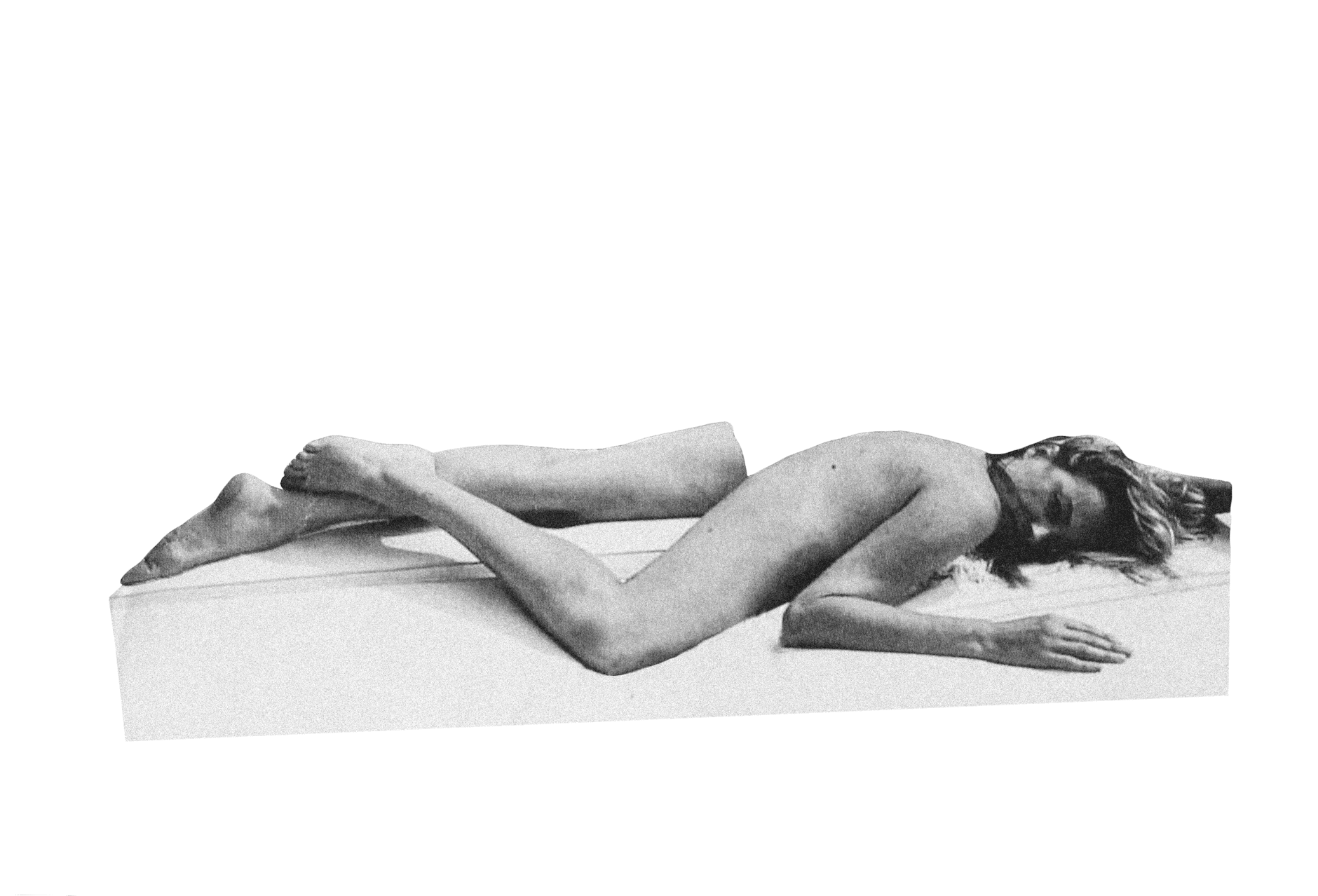The **Valve Body of an Automatic Transmission**: A Comprehensive Guide

The valve body of an automatic transmission is one of the most critical components of modern vehicles. It governs the flow of hydraulic fluid throughout the transmission system, playing a fundamental role in shifting gears smoothly and efficiently. In this article, we will delve deep into the valve body’s functions, its importance, maintenance tips, and more, ensuring that automotive enthusiasts and professionals alike understand this essential part of their vehicles.
What is the Valve Body?
The valve body is essentially the central control unit of an automatic transmission. It is a complex assembly of various valves, passages, and channels that directs the flow of transmission fluid. This fluid is responsible for applying the appropriate clutches and bands to facilitate gear changes, making it possible for drivers to seamlessly transition between different speeds and loads.
How Does the Valve Body Work?
At its core, the valve body operates based on hydraulic principles. When the driver presses the accelerator, the transmission control unit (TCU) receives a signal, and the valve body responds by directing fluid to the appropriate gears. Here’s a closer look at the functionality:
- Fluid Dynamics: The valve body channels hydraulic fluid from the pump through various valves to actuate gears.
- Pressure Regulation: It regulates the pressure of the transmission fluid, ensuring smooth shifting and preventing slippage.
- Shifting Control: Coordinates between direct and overdrive gears, managing response times for acceleration and deceleration.
The Importance of the Valve Body
The valve body of an automatic transmission is not merely a component; it is the heart of the transmission system. Its performance directly affects several critical aspects of vehicle operation:
- Gear Shifting: Proper functionality ensures smooth and timely gear shifts, enhancing driving comfort.
- Fuel Efficiency: Smooth shifting helps improve fuel consumption by optimizing engine performance during acceleration.
- Longevity: A well-functioning valve body contributes to the overall longevity of the transmission system, minimizing the risk of severe mechanical failures.
Common Issues with the Valve Body
Like any mechanical component, the valve body is susceptible to wear and damage. Below are some common issues that can arise:
- Clogged Passages: Debris or sludge can accumulate, obstructing fluid flow and impeding functionality.
- Worn Valves: Excessive wear can lead to leaking fluid or improper shifting.
- Electrical Faults: In electronically controlled valve bodies, electrical issues can cause erratic shifting or complete failure.
Signs of a Failing Valve Body
Detecting issues with the valve body early can prevent more severe transmission problems down the line. Here are some warning signs to watch for:
- Delayed Shifting: A noticeable lag when changing gears can indicate a problem with the valve body.
- Strange Noises: Grinding or clunking sounds during gear changes may suggest internal damage.
- Fluid Leaks: Any signs of transmission fluid leaking can point to a faulty valve body or associated components.
Maintenance of the Valve Body
To ensure the longevity and performance of the valve body, regular maintenance is essential. Here are some tips:
- Regular Fluid Changes: Keep transmission fluid fresh and clean to prevent contamination.
- Use Quality Parts: When parts need replacing, opt for high-quality components that meet OEM specifications.
- Routine Inspections: Have a professional inspect the transmission system, including the valve body, during regular tune-ups.
Replacing the Valve Body
If the valve body is beyond repair, replacement may be necessary. Here’s a step-by-step guide on how to proceed:
1. Diagnosis
Before replacement, a thorough diagnosis is essential to confirm that the valve body is indeed the culprit. Consult with a qualified technician for precise assessment.
2. Removal of the Old Valve Body
Begin by draining the transmission fluid and removing the transmission pan. Carefully unscrew and detach the valve body from the transmission casing, ensuring all connectors and wiring are disconnected.
3. Installation of the New Valve Body
Prepare the new valve body by applying lubricant to the sealing surfaces. Position it properly and secure it into place. Reconnect all electrical connectors and replace the transmission pan.
4. Fluid Refill and Testing
Refill the transmission with new fluid, start the vehicle, and conduct road tests to ensure the transmission operates seamlessly. Monitor for any signs of trouble during this process.
Conclusion
The valve body of an automatic transmission is a vital component that ensures smooth and efficient gear shifts. Understanding its functions, recognizing potential issues, and performing regular maintenance can significantly enhance vehicle performance and longevity. At Shenghai Auto Parts, we pride ourselves on providing top-quality automotive parts, ensuring that your transmission runs smoothly. Whether you're looking for replacement parts or seeking professional advice, we are here to help! Reach out to us today to learn more about your vehicle’s needs and how we can assist you in achieving optimal performance.









